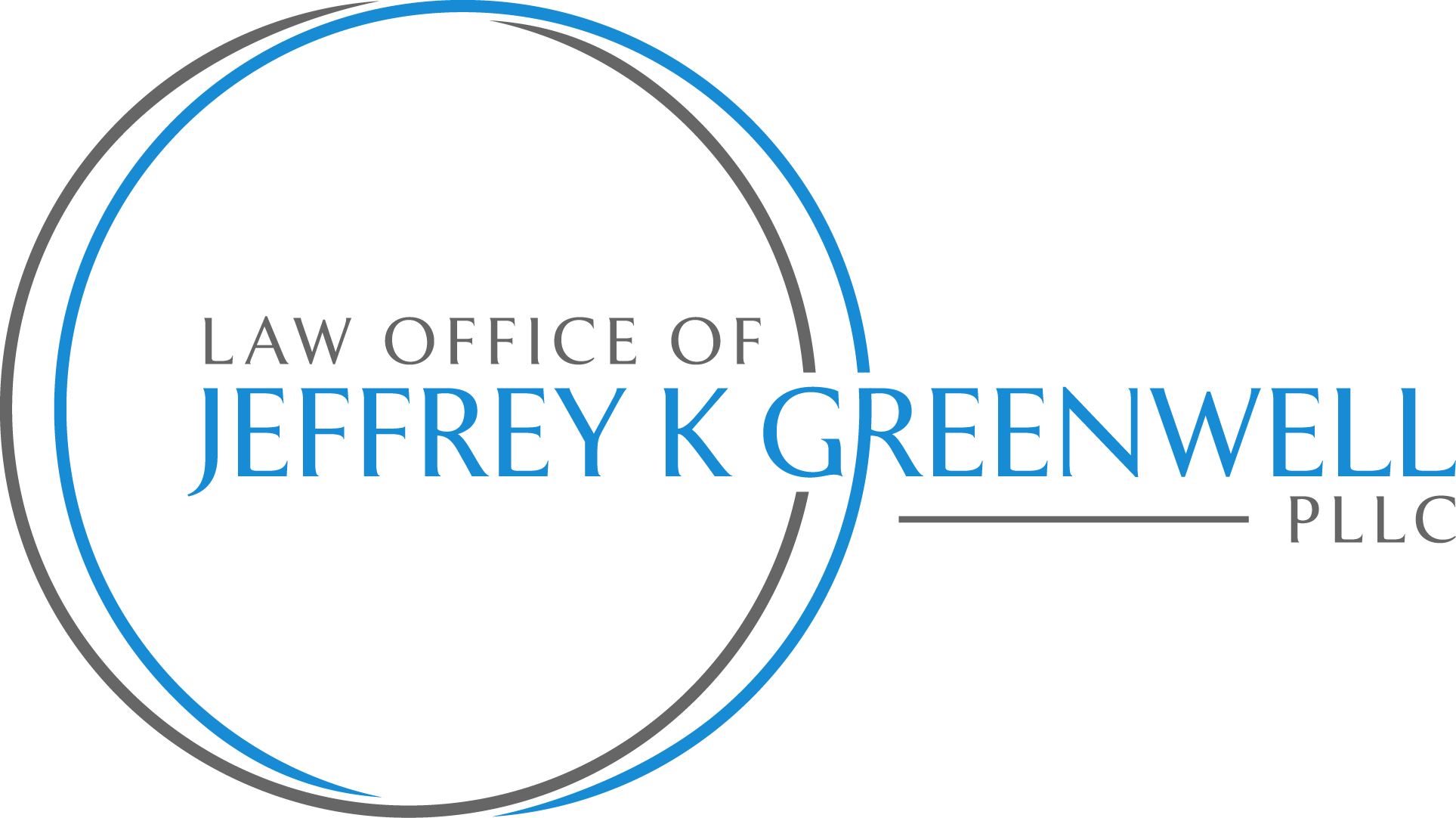
Do you want to keep your vehicle lease in a Chapter 7 case? You can if your payments are current.
Our last three blog posts have centered around rejecting a vehicle lease and giving a vehicle back to the lessor. You can do this through Chapter 7 or 13 bankruptcy, and the result will be the same. Assuming you successfully finish a bankruptcy case, you will discharge any debt that you may owe. Although you have the option to reject a vehicle lease, you will usually be able to keep a leased vehicle when you want.
Depending on your circumstances, you can “assume” a lease in a Chapter 7 or 13 case. Today’s blog discusses how the assumption of a lease works in a Chapter 7 case. Next week, we will discuss how a person can keep a leased vehicle in a Chapter 13.
“Assuming” Vehicle Lease
You make a formal choice through your bankruptcy about whether or not you will “assume” your lease. Generally, you may keep a vehicle and continue being legally bound by a lease contract after an unexpired lease is assumed. By choosing to assume a lease contract, you give up the option to reject the lease and discharge, forever write off, any contractual obligations (Section 365(a) of the U.S. Bankruptcy Code).
The “Statement of Intention”
Your Kalispell bankruptcy lawyer can prepare your bankruptcy forms to ensure that you formally assume the lease in your Chapter 7 bankruptcy case. This is completed on the “Statement of Intention for Individuals Filing Under Chapter 7” (on page 2). There is a simple question after listing your lessor’s name and the vehicle being leased, “Will the lease be assumed?” Your bankruptcy lawyer electronically files the Statement of Intention with the Bankruptcy Court and delivers a copy to the lessor. (See Bankruptcy Rule 1007(b)(2).)
You and your lawyer must file this document within 30 days of filing your bankruptcy petition. Normally, this document is filed with your initial bankruptcy petition.
Consequences of Assuming the Lease
You must be fully aware of the potential consequences before you assume a lease: rejecting a lease cancels your lease contract and leaves you owing nothing while assuming the lease takes away that opportunity.
If you assume a lease and cannot make your lease payments, the lessor can: 1) take back the vehicle; and 2) sue you for the amount still owning under the lease contract.
Even if you make all the required monthly payments, you may still owe money at the end of the lease. The charges may include substantial amounts for excess mileage or damage to the vehicle. You may potentially owe thousands of dollars and be sued if you did not pay.
There are situations when it makes sense to keep a leased vehicle by assuming the lease in bankruptcy. You must understand and think about the benefits and risks of your decision prior to rejecting or assuming your lease.
When Chapter 13 Helps You Keep Your Leased Vehicle
In a Chapter 7 case, you should be current on your monthly payments before assuming a lease. If you are not current, you must have the ability to immediately become current. Typically, a failure to become current on a lease will result in the lessor fighting your ability to assume the lease.
When you are behind on a lease, but definitely want to keep the leased vehicle, a Chapter 13 may be a better option. Chapter 13 bankruptcy cases usually give you much more time to catch up on the missed payments. That’s the topic of our next blog post.

